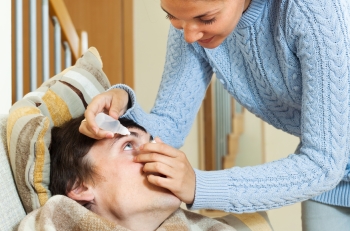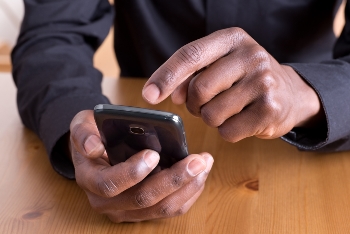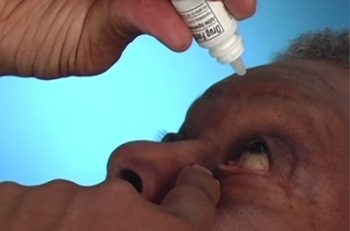There are many reasons people with glaucoma may struggle to adhere to their treatment schedule, including forgetfulness, difficulty taking eye drops and unique circumstances. But for every unique circumstance, there is an equally unique solution. Here are six tips to help you overcome glaucoma medication challenges:
1. Be honest with your ophthalmologist about your medication difficulties
Missed a dose? It may not seem to matter much, but research shows that skipping doses can cause your glaucoma to become more severe. Be candid with your ophthalmologist about any problems you face in taking your medicine regularly, and ask about the best way to make up for a missed dose. The more you tell your doctor, the better he or she can help you find ways to customize your treatment plan to make it more manageable for your lifestyle.
2. Ask for help from health professionals and loved ones

It can be difficult to keep track of which meds to take and when. Talk with your ophthalmologist or pharmacist about your medications, their impact and possible side effects. Also, use the buddy system and tell your friends, family and caregivers about your condition and treatments. Consider taking a loved one or caregiver with you to your ophthalmology appointments, so they can help you follow your treatment plan when you're at home. They may also be able to help you apply your eye drops at home.
3. Use memory aids

The most common reason for not taking eye drops is forgetfulness. Try simple memory aids like linking your eye drop schedule to other things you do routinely. For example, put your eye drop bottle next to your toothbrush or your pill box if you take other medications. Try using physical reminders such as marking off a calendar when you use your drops, or moving your eye drop bottle from one place to another after you've applied your drops. Also, take advantage of today's technology and set an alarm on your phone to help you make your medication a part of your daily routine, or look for free smartphone apps and other tools.
4. Perfect the "pocket"

Giving yourself eye drops can be challenging. In fact, research has shown that nearly 30 percent of people taking glaucoma medication are not properly applying their eye drops. This should involve gently pulling and pinching the lower lid to make a pocket to catch your drops. Once the drops are in, close your eyes (do not blink) and apply pressure to the point where the lids meet the nose for two to three minutes. Check out this eye drop video to learn all the steps you can take to ensure eye drops get in your eye.
5. Know your Medicare part D coverage

Some people find they run out of their glaucoma eye drops early — especially when they are still learning how to apply the drops properly. For those whose glaucoma eye drops are covered through Medicare part D, early refills are possible once 70 percent of the predicted time of use has gone by. That means that a one month supply can be refilled after 21 days at both retail and mail-in pharmacies.
6. Don't use pot as glaucoma treatment

Don't fall for rumors that medical marijuana can replace glaucoma medications. Prescription medicated drops are much more effective at treating the condition and have fewer risks than marijuana. Marijuana can also affect memory, which could make it more difficult to remember your treatments. Learn the facts a about marijuana and glaucoma.